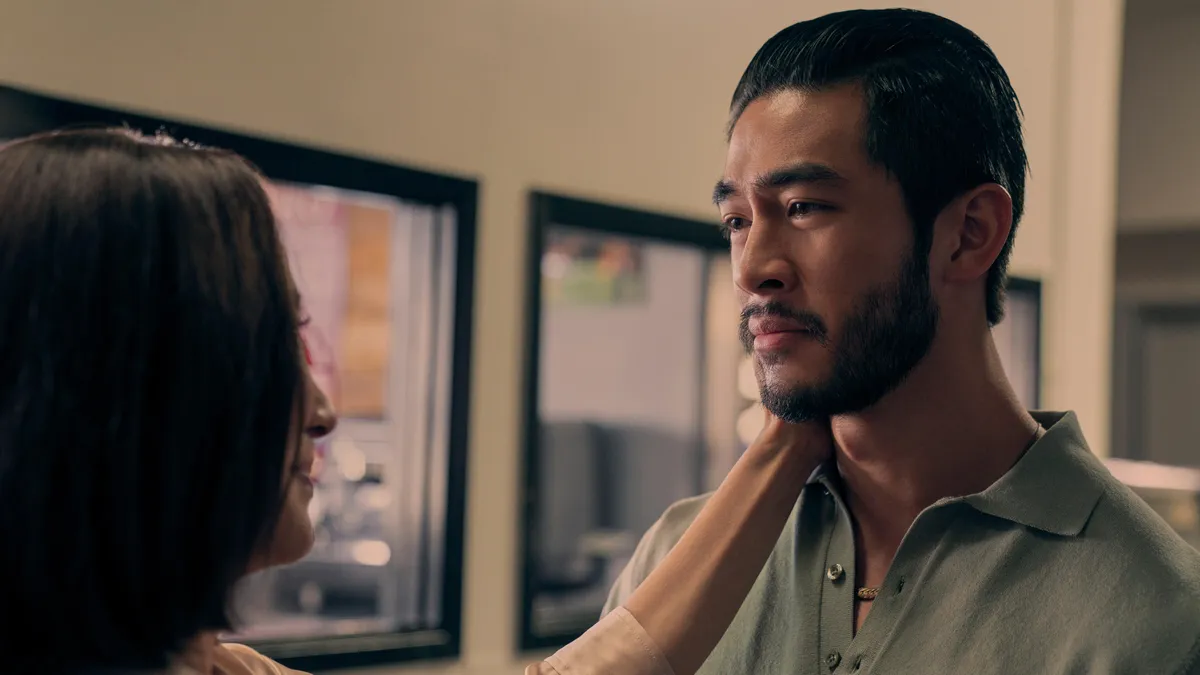Building a resume is challenging. Thinking of the information to share with a prospective employer, you may have no idea how to begin. While the first few important things are employment history, skills and qualifications, and educational background, presentation is very important.
Instead of listing the jobs you did in the past, it is important to give specific information based on the position you are applying for.
Read on to know how to build a resume in seven steps.
Step#1: Compile All Personal & Employment Information
Collect your information before writing the resume. It becomes easier to write and edit when you have the details with you. Do not miss anything. This is the first step to start your career or make a career move.
Step#2: Write the Resume
After compiling all the necessary information, get everything on one page. It becomes easier to edit when you see the full resume.
Once everything is on paper, you can adjust the font type and size, add formatting options, and make tweaks.
The compilation should look like this:
- Resume Heading
- Profile
- Qualifications
- Experience
- Volunteer Work
- Education
- Certifications
- Awards and accomplishments
- Skills
- Personal interests
Step#3: Choose A Layout
Resume formats are of three types. The one you choose depends on employment history and your credentials.
- Chronological: The most commonly used format that presents your job history starting with the recent job first.
- Functional: If your work history is spotty, you should create a functional resume focusing on your experience and skills.
- Combination: This type of resume layout includes your skills and chronological work history.
If you choose a combination resume, tailor all information accordingly. However, if you choose a functional resume, highlight your entire job qualifications.
#4: Format Resume Text
Simple fonts are the best for a resume. The only exception could be if you are applying for a position related to design and the resume is meant to display design skills.
- Choose the right font. Fonts like Arial, Times New Roman, Verdana, or Calibri work best. Be consistent. Use the same font throughout the resume and in the cover letter.
- The font size and style may vary. You may choose a larger font for the name and heading. Choose italics and bold to highlight education details and employment history.
- Bulleted lists of your achievements are attractive and easier to read. However, make sure each sentence provides a synopsis of your strengths and accomplishments.
Step#5: Save
Make sure you save the document with a file name. The file name should read your name. For example, jonathanapplicantresume.doc. It is easier for recruiters to track application materials.
Save it in different formats, such as Microsoft Word, PDF, or Google Docs.
Step#6: Proofread & Print
Before finalizing the resume, proofread it carefully. Then, take a print out to ensure you have a visual of the resume.
Once set, print some additional copies and carry a few to the interviews.
Step#7: Update your Resume for Each Job Position
Even though you’ve just created a resume, there’s more to it. Incorporate your qualifications based on the job description, summary, skills, profile, or objective. It takes only a few minutes to tweak your resume to fit a job posting and ensure you are a perfect match.
Recruiters have an applicant tracking system to screen hundreds of resumes. This system selects applications based on the right words. Therefore, you should focus on the words in the job description and update your resume accordingly.
Once your resume is complete, update it regularly. It is easier to keep it updated and current if you track your accomplishments. I hope these resume building tips help.
















Leave a Reply